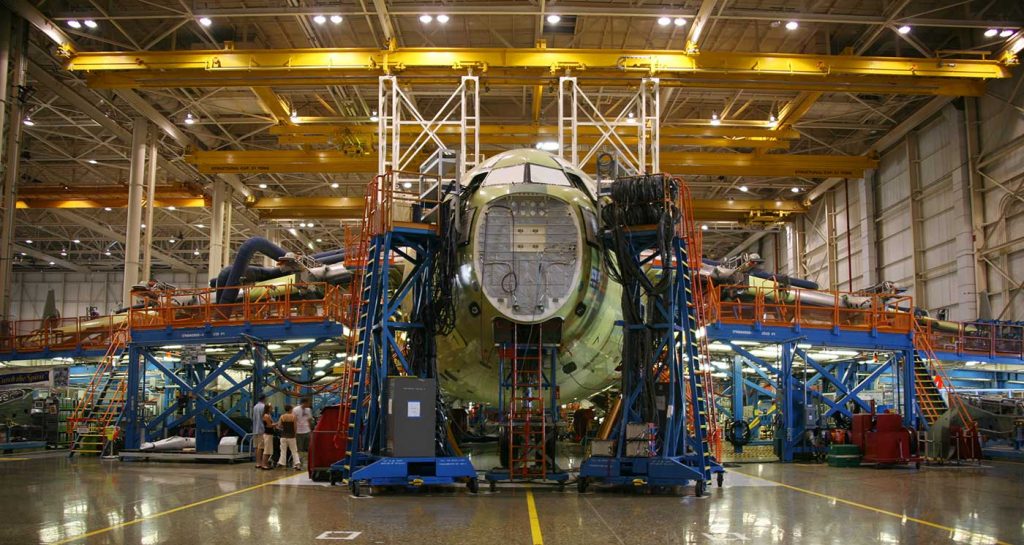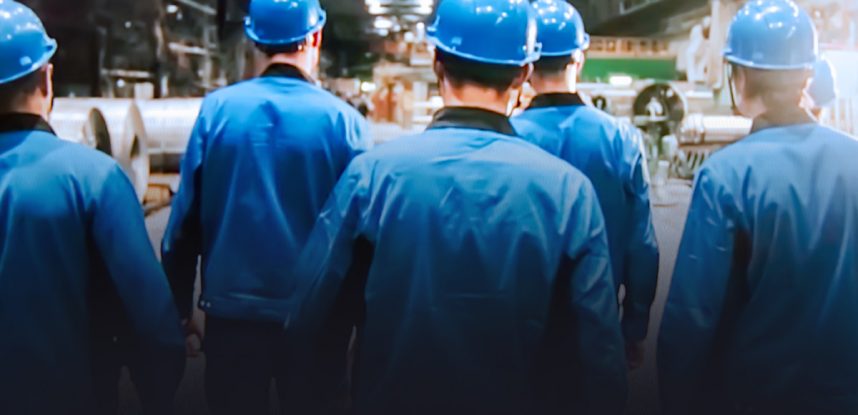5 Actions Teams Must Implement Into Their COVID Response Right Now
COVID-19 has changed the industry landscape in ways we are still trying to understand, and companies must respond—or be left in the dust. Although change is never easy, often the hardest part is deciding to reevaluate what we think we know.
The alternative is to wait out the pandemic health crisis and hope that things go back to “normal.” But it has been said, “Hope is not a strategy.” And there is no going back.
Here are a few concrete sustainment strategies that can help OEMs and teams succeed:
Forecast your 2020 sustainment work
Immediately, production teams should review their 2020 backlog to identify which orders involve old designs and are likely to have extra-special obsolescence needs—so they can estimate what resources they will need to successfully deliver the work. For example, products that have obsolete components will require more procurement work than usual. If the product has not been built within the last year or so, there may be barriers to restarting the production line.

Each of those flagged orders should then be profiled to identify which resources will be needed to support them. For example, if there are one or two engineers who know how to troubleshoot production fallout, this information should be captured. If there are critical component obsolescence issues to be dealt with, suitable engineering time should be allocated to the assessment.
Based on their backlog assessment, production teams should set up a process now for performing this assessment for all future orders and RFQs as they come in.
Rank each sustainment order’s impact on your resources
To prioritize which orders you will allocate resources to, OEMs should evaluate each order’s exceptional resource needs against its revenue contribution for the year. The assessment of resources needs to be granular enough to identify resource bottlenecks, so it should also consider available resources over time. For example, if you anticipate scheduling several high-maintenance orders in the same month but have a limited number of highly skilled test technicians, either you should plan now to reallocate more resources or face foreseeable production delays when the time comes.
Maintaining this view of the relative value of each sustainment order will enable you to quickly assess which order will begin to exceed your teams’ true capacity and disrupt higher value work.
Pick your sustainment options
Once you have a good idea of the relative value of each sustainment order’s predicted effort requirement, the following recommendations can help you decide upon your options for dealing with orders that you determine may pose a risk to your core business priorities:
- Assess your sustainment priorities: Identify how much in-house resource is needed for the highest value Sustainment work (20% of the orders provide 80% of the value). Think about where you draw the cutline between desirable and undesirable orders.
- Expand your in-house sustainment capacity: If needed, hire additional component engineers and procurement resources to deal with typical production bottlenecks. Also, limit the support given by design engineering teams to a few named resources to minimize the risk that your highest-value engineers will be pulled into urgent support work for lower-value orders.
- Off-load surplus sustainment work: Develop processes to outsource all the work that exceeds your in-house capacity. Whether you break up the work and send it out piecemeal or partner with a full service LEM (legacy equipment manufacturer), it’s essential that your supplier management business processes be sufficient to handle the routine exceptions of supporting obsolete designs.
Choices made now will profoundly affect our future.





